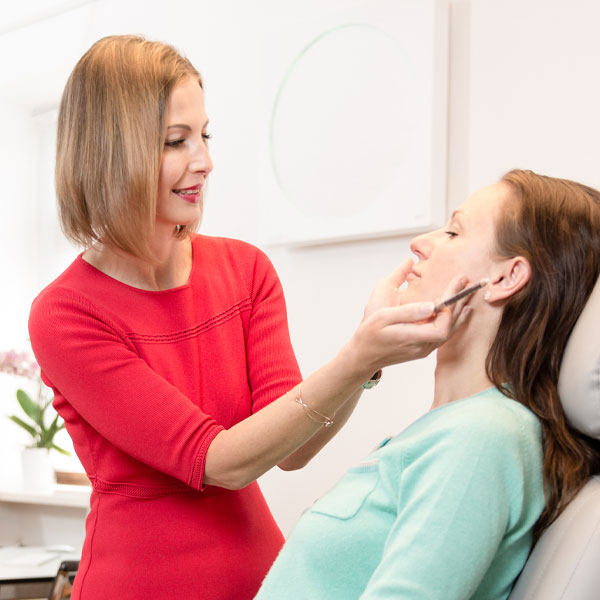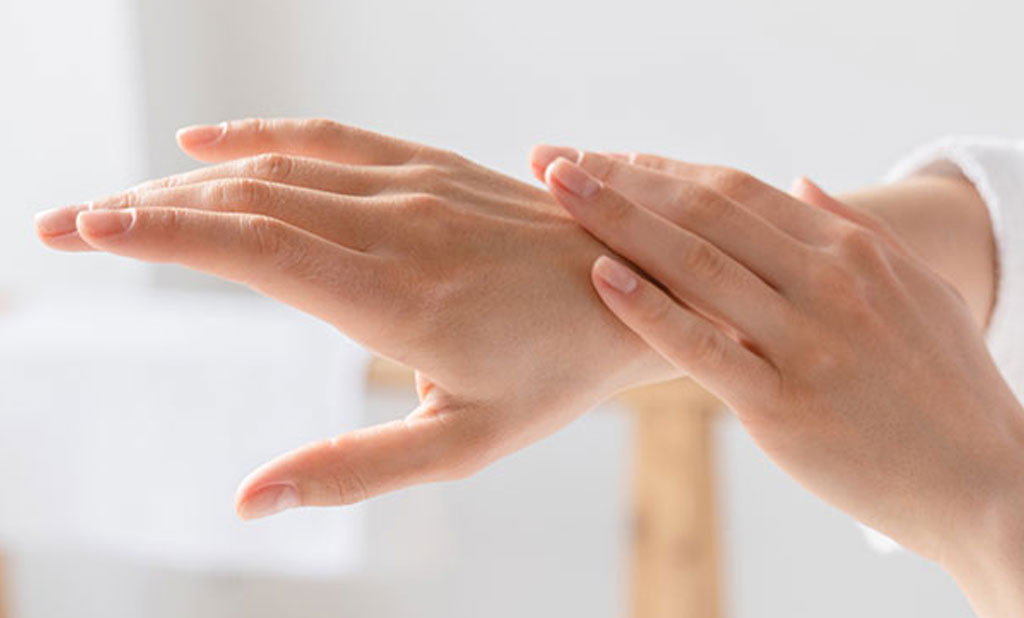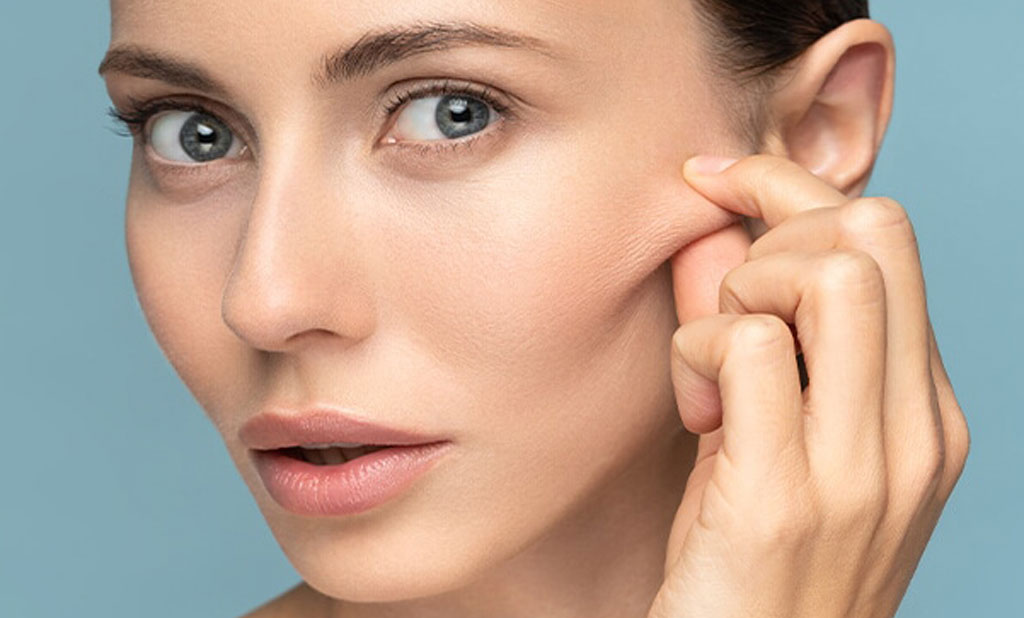Rejuvenating effect due to volume augmentation

Volume augmentation of the face is becoming increasingly more important as a way to rejuvenate the face. The method goes beyond two-dimensional wrinkle treatment and acts against all structural changes of the face that are caused by aging. Finally, it is not just individual features such as age spots or wrinkles that contribute to facial aging phenomena. Volume loss also has a central role.
Particularly under the eyes, in the cheeks and on the chin, the fat layers decrease over the course of life, and at the same time the connective tissue slackens and the gaunt facial features that are typical for elderly people develop. Volume augmentation counters this aging process by restoring volume to the affected parts of the face.
Since it influences the facial structure as a whole, volume augmentation is also referred to as a three-dimensional facial treatment.
Why does volume augmentation make sense?
Often it is possible to achieve a more aesthetic and natural effect with volume augmentation than with isolated treatment of individual wrinkles. The facial regions that are suitable for volume augmentation are the cheeks, chin, jaw angles, marionette lines and nasolabial folds. Volume augmentation can also be used on other parts of the body, for example the backs of the hands.
In addition, facial volume augmentation can be combined perfectly with other aesthetic procedures, such as Botox treatment, laser therapy, wrinkle injection or peeling.
Combining these procedures results in a synergistic effect, because the different methods target different causes of the aging process.
Treatment
Volume augmentation of the face involves either the patient’s own fat or hyaluronic acid being injected under the skin via cannulas in order to achieve a volumising effect.
Thanks to the rapid further development of hyaluronic acid, its stability and tolerability are now so excellent that it has largely replaced the expensive and complex treatment that uses the patient’s own fat.
Further information about the individual components of the combined treatment:















